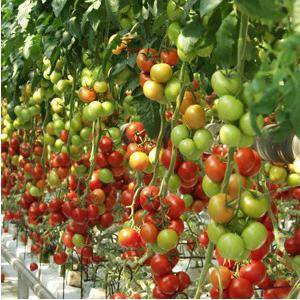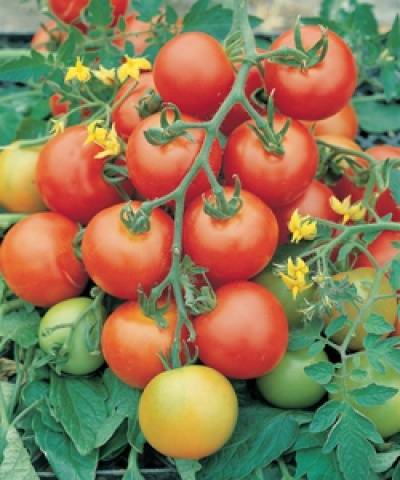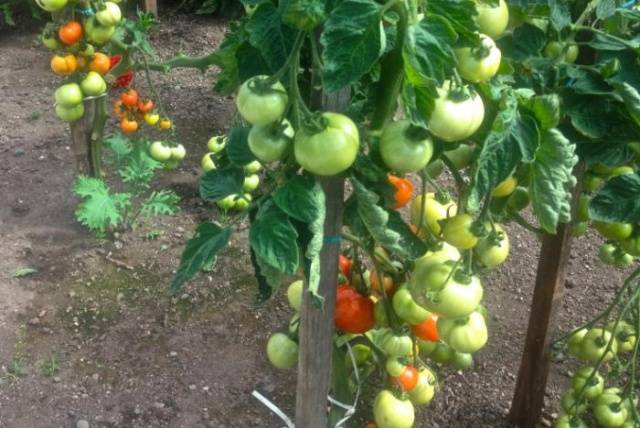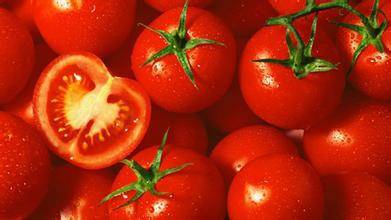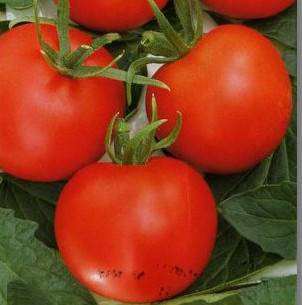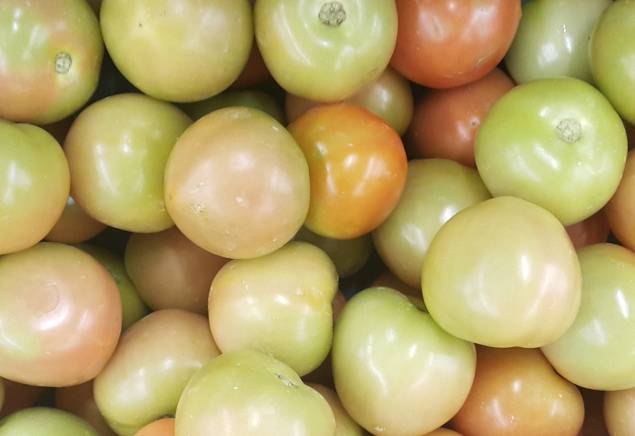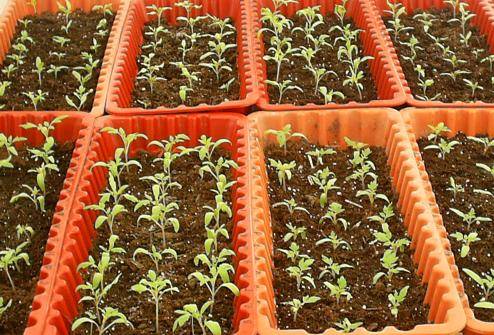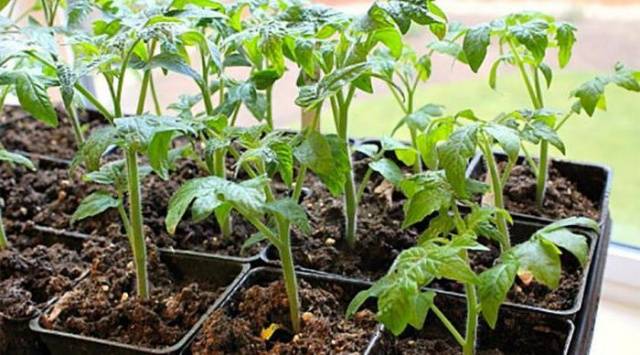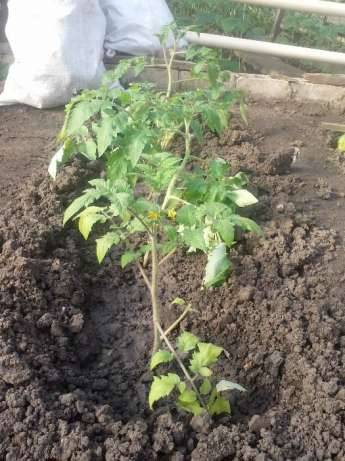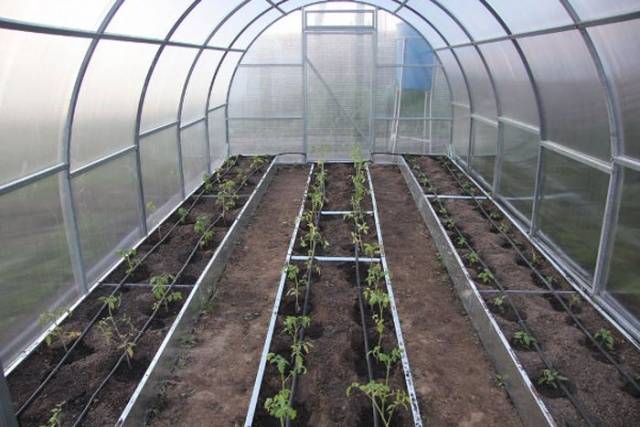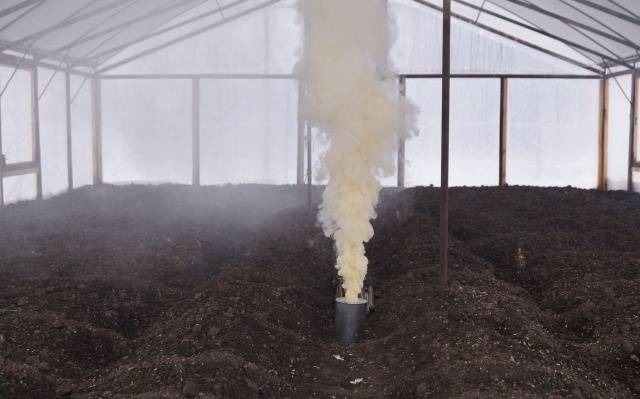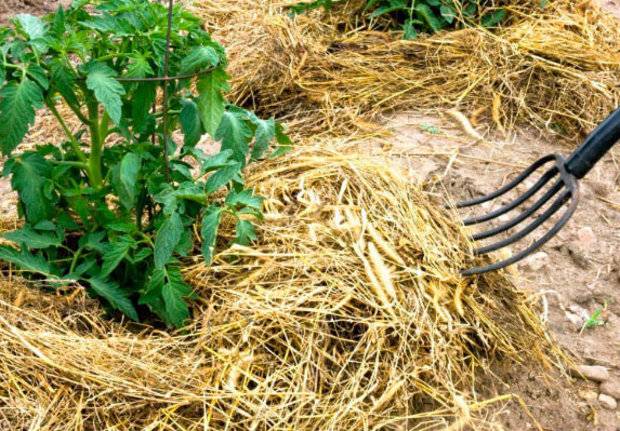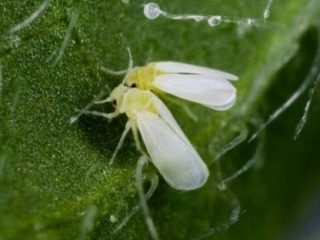Content
All gardeners are engaged in growing tomatoes. But often the harvests of this culture do not spoil them. The reason, most likely, is the wrong choice of the variety. There is a huge variety of varieties, so choosing the right tomatoes is not so easy.
We propose to consider one of the varieties of the Dutch selection, named after the great Russian writer Leo Nikolaevich Tolstoy. Tomato Tolstoy F1 fully justifies the characteristics given by the breeders. It is also important that cultivation and care are practically not complicated by anything, but the harvest is stable and rich.
Description and characteristics of the variety
If you are interested in Tomato Tolstoy F1, the description, reviews and detailed characteristics can be found in special reference books. We will also present you the benefits of culture with photos and videos.
Tomato Tolstoy F1 is highly valued by vegetable growers, because it can be grown not only in the greenhouse, but also in the open field. This is a hybrid of mid-early ripening. From the moment of sowing the seeds to collecting the first fruits, 110-112 days pass.
Tomato variety Tolstoy is a tall plant, so there is a need to attach it to a trellis or stakes. You also need to tie up the brushes, and there are usually about 12 of them. And in each brush there are 10-12 tomatoes weighing almost 125 grams. It is clear that a tomato without a garter will have a hard time, you can see it in the photo.
Fruit
The fruits of the tomato Leo Tolstoy are rounded-flattened, ribbed near the stalk. The largest tomatoes are on the lower brushes. Some specimens weigh up to 500 grams. The higher the brush is, the smaller the tomatoes. Moreover, flowers are formed on the brush simultaneously with the fruits. Take a look at the photo below.
The surface of tomatoes Tolstoy F1 is even, smooth. The glossy skin is firm but not tough. Ripening of tomatoes is amicable, no cracking is observed. The transportability of tomatoes is excellent, they do not wrinkle on the road and do not lose their taste.
The pulp of the Tolstoy F1 tomato variety, as vegetable growers indicate in the reviews, is juicy and has an amazing taste. The tomatoes are sweet, the acid is not felt, but the fruity notes in the aroma slip. In each tomato of the Tolstoy variety, if you cut it, you can see 5 or 6 chambers with seeds. This can be clearly seen in the photo.
The set tomatoes are apple-green in color, and in technical ripeness they are deep red. The yield of tomato Tolstoy, according to the reviews of vegetable growers, is quite high: from one bush you can collect 12-15 kg of tasty and aromatic fruits.
Even planted in partial shade, hybrids of the Tolstoy F1 variety practically do not reduce productivity. Good performance also in plants grown outdoors. Readers will often report this in reviews and comments.
Universal variety Tolstoy F1 of Dutch selection is resistant to many diseases from which nightshade crops suffer. He is almost not amazed:
- fusarium;
- cladosporiosis;
- tobacco mosaic;
- verticillosis.
Application and storage
Tomatoes Tolstoy F1, according to the characteristics and description of the variety, as well as reviews, are rich in vitamins and amino acids. All of them have a beneficial effect on human health, for example:
- plant phytosterols have a positive effect on male potency;
- the antioxidant lycopene reduces the risk of cancer;
- thanks to calcium, potassium, magnesium and other trace elements, immunity increases.
The fruits of the tomato Leo Tolstoy F1 are universal. Various preserves, salads, side dishes are prepared from ripe fruits. Pickled tomatoes retain their shape and do not crack. Tomato juice turns out to be very tasty, you need to add sugar to it at a minimum. Salted or pickled green tomatoes are no less original.
Since the tomato Tolstoy F1 is a high-yielding variety, the storage features are of concern to those who are just going to plant this variety. Due to the fact that the ripening period is extended, in our Russian conditions, even in greenhouses, all tomatoes do not have time to turn red. But this does not matter, because they can ripen right in the apartment. Tomatoes of the Tolstoy F1 variety are stored until the New Year.
The main characteristics of the Tolstoy F1 variety:
Some cons
Tomato Tolstoy, according to the description of the variety, photos and reviews, is a tall plant with a lot of advantages. But it would be dishonest in relation to our readers to keep silent about some shortcomings:
- On soils with a low nutrient content, the tomato develops poorly, the number of clusters and the weight of tomatoes are reduced.
- The tomato responds well to heat, therefore it grows faster in the greenhouse, gives a rich harvest. Plants planted in open ground lack warmth. And the summer in Russia has been cold in recent years.
- Those vegetable growers who planted Tolstoy's tomato, in the reviews, point to the insufficiently strong immunity of the variety to late blight, especially in a rainy summer. Tomatoes suffer from the disease both in the open field and in the greenhouse. Late processing leads to the death of plants.
Growing and care
The characteristics of the Tolstoy tomato and the description of the variety are just given so that there are fewer problems during cultivation.
Sowing seeds
Sow tomato seeds for seedlings at the end of March. Light soil is poured into the planting tank. Acidic soils are not used for the Tolstoy variety. It is best to mix garden soil and humus. The soil mixture is fed with wood ash. The soil is spilled with boiling water with the addition of potassium permanganate.
Tomato seeds by Tolstoy are also disinfected with hydrogen peroxide or in a pink solution of manganese. To accelerate germination, you need to soak the seed in a growth stimulator for half a day.
The seeds are buried 1.5 cm, covered with foil and placed in a warm place. As a rule, seedlings appear on the 4th-5th day. Boxes with tomato seedlings are exposed to a sunny window and watered as needed.
Picking
When 3 leaves appear on Leo Tolstoy tomato seedlings, the plants are transplanted into separate containers. The soil must be nutritious. It is also advisable to feed the tomatoes with mineral fertilizers.
For several days, the seedlings are shaded, then exposed to a sunny window. If there is not enough light, additional lighting can be installed over the tomatoes using conventional incandescent lamps.
Water the seedlings with small portions of water so that there is no stagnation. You also need to loosen the soil, but only superficially, so as not to damage the root system.
It is necessary to plant Tolstoy tomatoes in a greenhouse when a stable heat is established, when there is no threat of frost return. In open ground only when the average daily temperatures are set within 15 degrees. But before planting, tomatoes must be hardened, accustomed to new conditions.
Before planting, the soil is dug up, fertilized and watered.
The holes are dug at a distance of 40 cm, and the row spacing - up to 60 cm. Planted tomatoes should be watered with warm water. The next time the plants are watered in a week. Watering should be moderate so that the water does not stagnate, but the soil should not dry out either. Better yet, organize drip irrigation of tomatoes, as in the photo.
During the growing season, Tolstoy tomatoes, according to vegetable growers, are fed 3 or 4 times, depending on the state of the plants, with potassium-phosphorus fertilizers.
Tomatoes are harvested during the season, and unripe tomatoes are removed before frost. They blush beautifully at home.
How to protect plants from diseases and pests
It is easier to prevent a disease than to get rid of it later. If you are planting tomatoes in the same greenhouse, then the top layer must be removed before preparing the soil and replaced with soil from the ridges on which peas, beans, cabbage or carrots grew. And turn the soil and the greenhouse itself with copper sulfate. You can also light a smoke bomb.
According to the description, the Leo Tolstoy variety is resistant to many nightshade diseases. But prevention won't hurt anyway. But tomatoes planted in open ground must be processed without fail, because spores of fungal diseases can get into the area with wind or rain.
It is better to mulch the aisles with straw or peat. This will save tomatoes from diseases and pests. Tomatoes, including the Tolstoy variety, can be affected by slugs, aphids, whiteflies, thrips and spider mites. Plants need to be examined, at the slightest suspicion, treated with a special preparation. Experienced growers in the greenhouse hang tea bags soaked in iodine. Numerous reviews confirm the benefits of iodine.
Open field plantings suffer from the Colorado bear beetle. You can scare off pests with the help of ammonia. In addition, the greenhouse must be constantly ventilated so that there is no high humidity.
